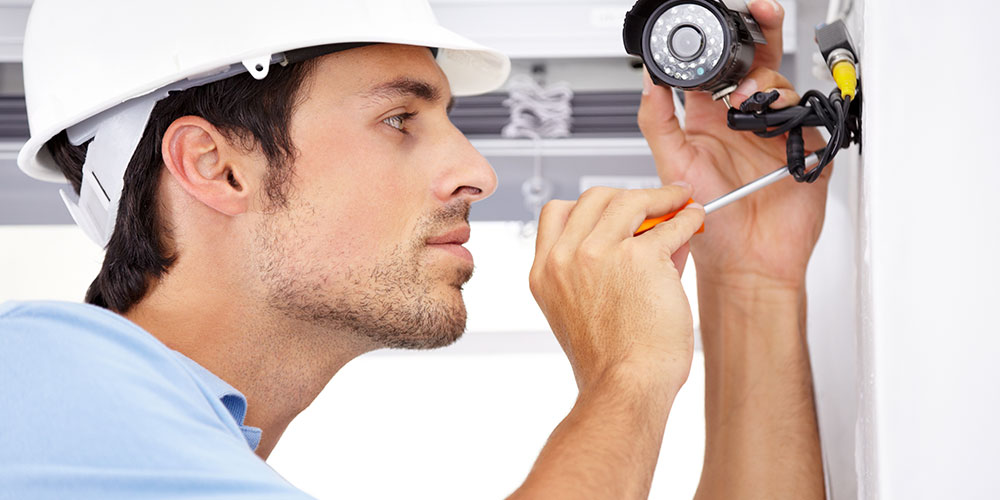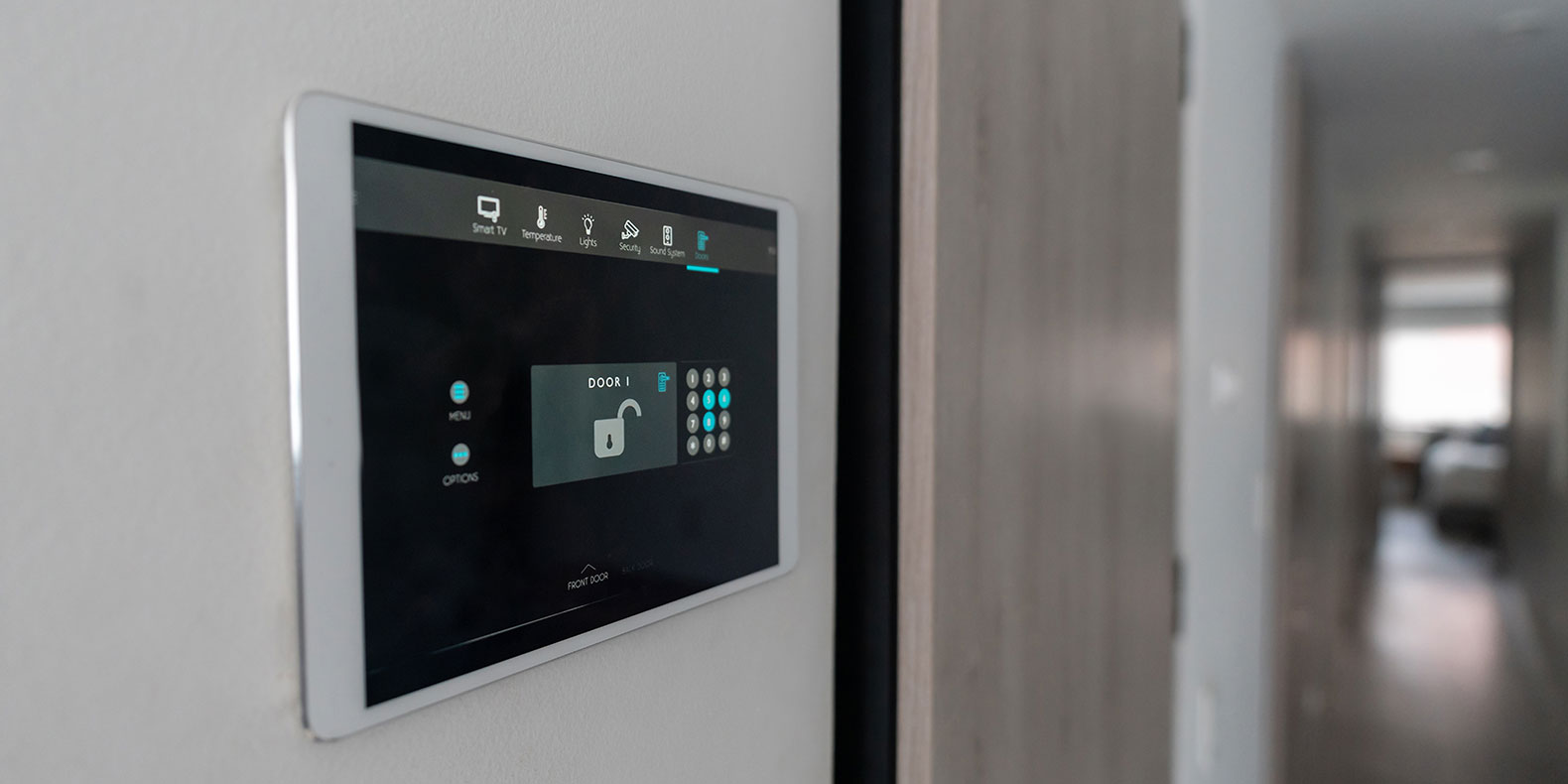This post was originally published on January 27, 2015 and has since been updated for accuracy and comprehensiveness.
Every season brings unique safety concerns, and winter is no exception. During the cooler months, homes face an array of potential issues, including:
- Harsh weather that takes a toll on your home.
- Bursting pipes from freezing temperatures.
- Fires caused by heating sources.
- Expensive utility bills.
Winter also brings magical snowscapes and holidays spent with family and friends. Make sure you can focus on the enjoyable parts of the coldest months by winterizing your home for optimal safety and energy conservation.
1. Clean Your Gutters
As snow melts, the water needs a clear path from the roof away from the home. Otherwise, the runoff will build up and overflow, risking water damage in your home. Regularly clean out excessive build up of fallen leaves, pine needles and other debris to prevent overflow later.
2. Trim the Trees
Survey the perimeter of you home to see if any tree branches have grown toward your home. Snow and ice can weigh these branches down and cause them to fall on your home, shed or car. Take preventative action by trimming branches.
3. Keep Pathways Clear
Keep salt and shovels readily available to clear pathways immediately upon snowfall. This will prevent dangerous falls.
4. Plant a Windbreak to Conserve Energy
By planting a row of conifer trees around your property, you can deter cold winds from blowing against your home. A windbreak can save you up to 30% in heating costs annually.
5. Conduct an Energy Audit
To conduct an energy audit, a specialist will come to your home to inspect its insulation. A properly insulated home is key to eco-friendly and cost-effective heating. Some utility companies will even offer a rebate upon receiving documentation of an energy audit.
6. Monitor Low Temperatures
While it’s common to save on heating costs by lowering your thermostat when you’re not home, don’t set it too low. As a rule of thumb, your home shouldn’t drop below 50 degrees Fahrenheit. When temperatures fall, you risk freezing and bursting pipes
If the worst happens, you can make sure you’re notified right away by installing water and flood detectors near your water pipes. These sensors send you an immediate notification via mobile device in case of a burst pipe.
7. Be Safe With Your Heating Equipment
The winter months see an increase in fires caused by heating equipment. In fact, half of all home-heating fires occur between December and February.
To prevent fires, get your furnaces, space heaters, chimneys and radiators cleaned regularly. Keep flammable materials like bedding, curtains, paper and Christmas decorations away from heat sources to prevent a disaster.
Also, it’s a good time to ensure your smoke detectors are functioning properly and have new batteries, if needed.
8. Leverage Home Automation Technology
With home automation, you can schedule the heat and lights to turn on and off at set times. Some smart thermostats pair with your mobile device and security system to enable geofencing, which automatically dim the lights and adjust the thermostat as you drive away. This adds convenience to your daily routine and helps you save on utility bills.
If you want to discover more home automation products to link your security system, smart home devices and smartphone for a more convenient home this winter, start here.



